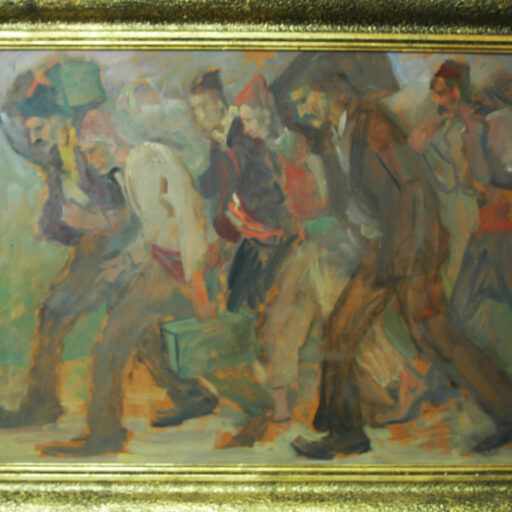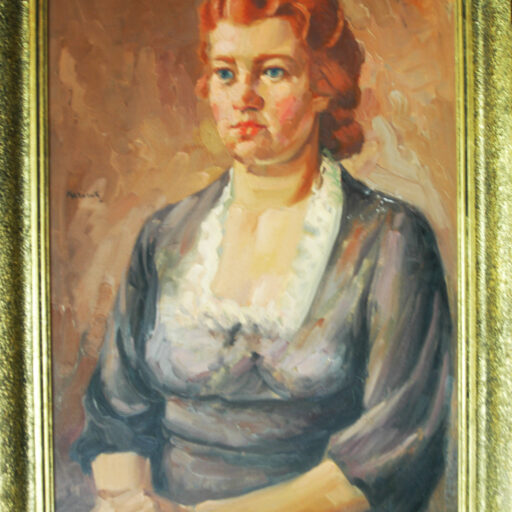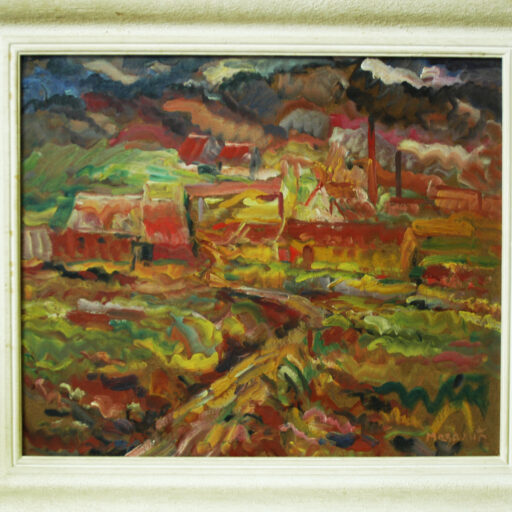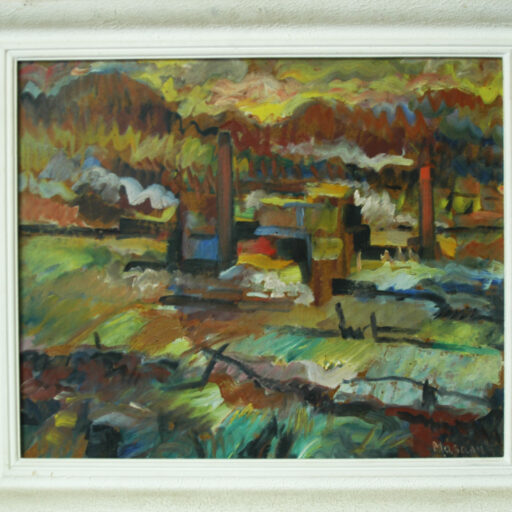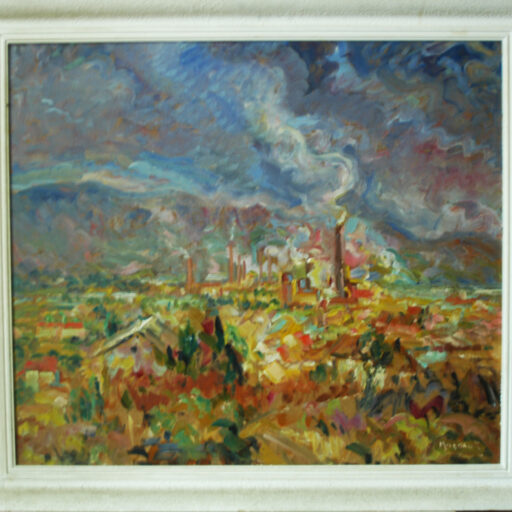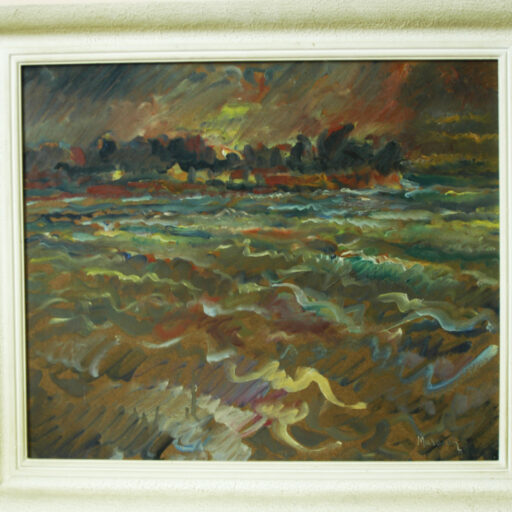He was born on 23 April 1888. in Bosanska Kostajnica. In the period from 1910 to 1914 he had studied Arts at the Budapest Academy. Except for painting, he also dealt with pedagogy (as a long-standing professor of drawing), restoration of old paintings and monument conservation, the study of painting techniques and art critique, and science.
The painting style of Đoko Mazalić is rich and diverse in both stylistic and thematic terms. Various influences can be found in it, from magical realism, pointillism, plein air, classicism and other other isms to the very limit of abstraction that he never decided to cross, although in some of his works there are hints close to later abstract expressionism. Thematically, the range is equally wide. Only still lifes are missing, while there is a rich repertoire of folklore motifs, city scenes, civic portraits, animalistics, sacral themes, allegories, and finally the landscape of Bosnia as Mazalić's most important motif. Coincidentally or by chance, there is almost no landscape of other parts left among his legacy. Changes within the color and manner of painting refer to different periods, but at the same time they can be traced within individual motifs.
Поред великог броја стручних и научних радова, објавио је и двије књиге: 1965. године „Сликарску умјетност у БиХ у турско доба (1500-1878)“ која му је донијела 27- јулску награду СР Босне и Херцеговине и 1967. године „Лексикон умјетника сликара, вајара, градитеља, златара, калиографа и других који су радили у Босни и Херцеговини“. Умро је у Сарајеву 28. фебруара 1975. године. По тестаментној жељи сликара, 1976. године збирка уљаних слика предана је његовом родном мјесту.

